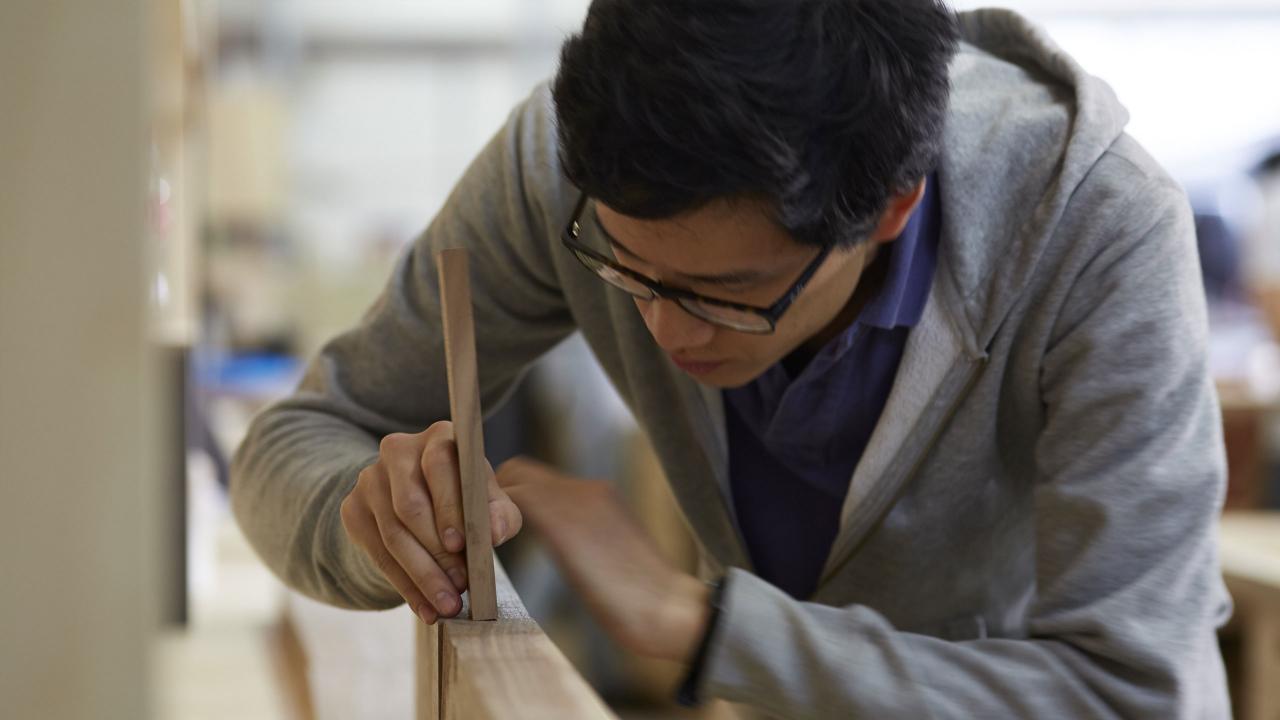Efficient utilisation of material meant there was relatively little manufacturing waste and a large share of the carbon in the wood supplied to Benchmark ended up stored in the bowl. The credits received for energy production from wood waste during manufacturing were about equivalent to those received from final disposal at End of Life.
The total eutrophication potential of the fruit bowl was 0.03 kg of phosphate equivalent, about the same as caused each year by conventional farming of 14 square meters of land for wheat in the UK.
Nearly all eutrophication potential of the vessels was due to nitrate emissions during burning of fuels for transport and processing of materials. Hardly any eutrophication potential was linked to growth of U.S. hardwoods which thrive under natural conditions and very rarely require fertilisers.
The fruit bowl’s acidification potential is 0.26 kg of SO2 equivalent, mainly due to emissions during shipping of hardwoods from the U.S. to the UK and results from the relatively high sulphur content of marine fuels. The other significant contributor to acidification potential was the use of grid electricity both at Benchmark in the UK and during processing of hardwood in the United States, mainly to power the fans in the kilns.

